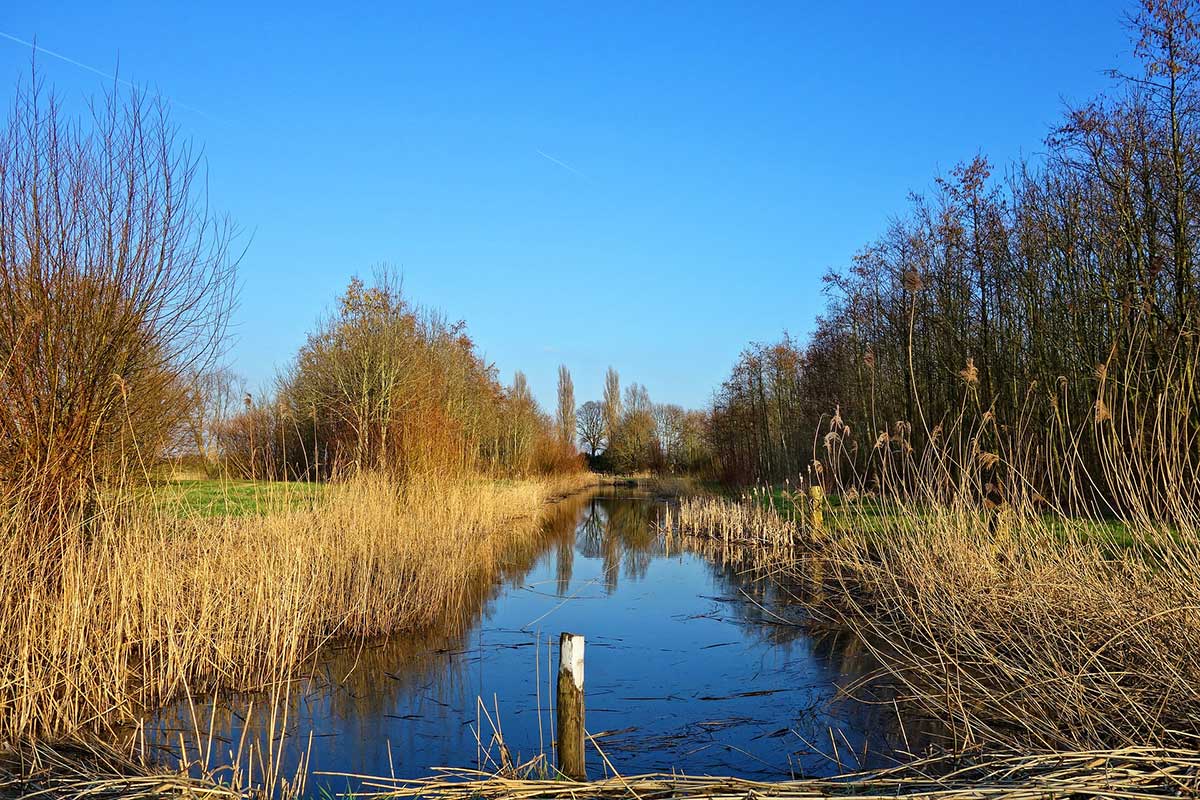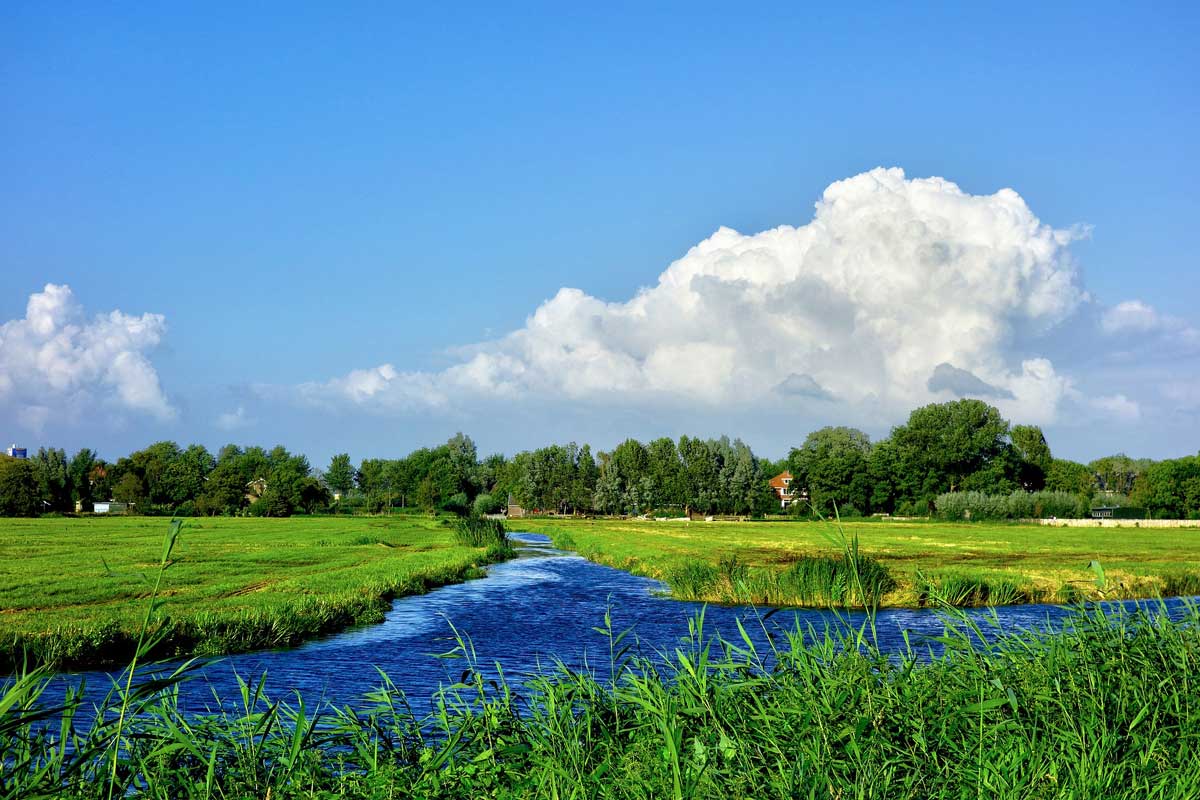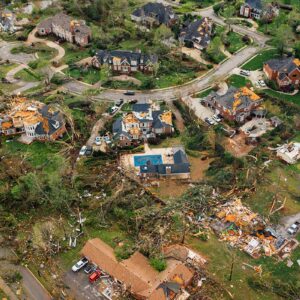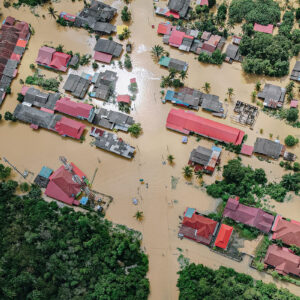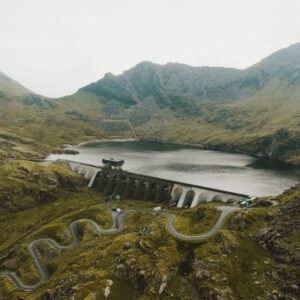Description
Streams and rivers serve many purposes, including water supply, wildlife habitat, energy generation, transportation and recreation. A stream is a dynamic, complex system that includes not only the active channel but also the floodplain and the vegetation along its edges.
This course introduces the process of stream restoration: the re-establishment of the general structure, function and natural self-sustaining behavior of the stream system that existed prior to disturbance. It is intended primarily as a reference for natural resource professionals who plan, design, review and implement stream-restoration projects. It is important to recognize that all stream restoration projects are different and require applications of specific techniques to meet project objectives. This course is based on the publication, “Stream Restoration: A Natural Channel Design Handbook”.
This course includes a multiple-choice quiz at the end and is intended to provide 6 hours of professional development.
Course Author: North Carolina Stream Restoration Institute and North Carolina Sea Grant
LEARNING OBJECTIVES
At the conclusion of this course, the student will have learned or been exposed to the following:
• Introduction to Fluvial Processes
• Bankfull Discharge, Velocity and Stage
• Natural Channel Stability
• Stream channel dimension, Pattern, Profile and Features
• Biological Considerations of Stream Restoration
• Stream Assessment and Survey Procedures
• Watershed Drainage Area Measurement
• Land-use Survey
• Bankfull Identification and Verification
• Substrate Analysis
• Bar, Pavement and Subpavement Sampling Methods and Scour Chains
• Assessing Riparian Condition
• Rosgen Stream-Classification System/Channel Assessment and Validation Procedures
• Stream Gage Survey Procedure
• Priority Options for Restoring Incised Streams and Case Studies
• Longitudinal Profile
• Pool and Riffle Cross-Section Survey
• Plan-Form Measurements
• Reference Reach Survey
• Sediment Transport
• Stream Crossings
• Structures and Design Features?for Habitat Enhancements
• Vegetation Stabilization and Riparian-Buffer Re-establishment
• Salvaging On-Site Vegetation
• Live Staking
• Bare-Root Plantings
• Container Plant Material
• Permanent Seeding
• Erosion and Sediment Control Plan
• Pollution Control
• Flood Studies
• Evaluation and Monitoring

